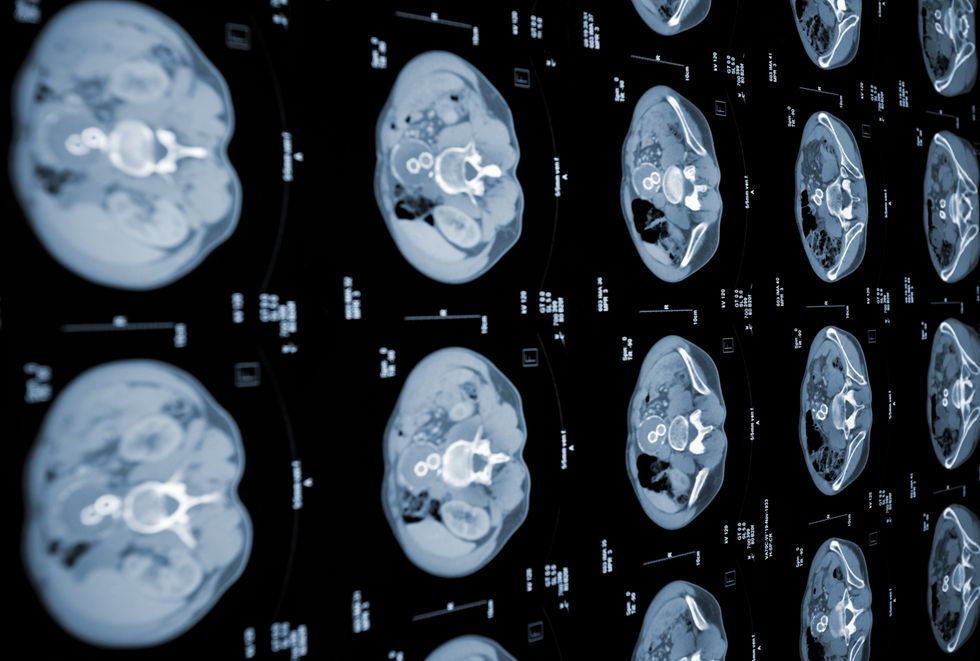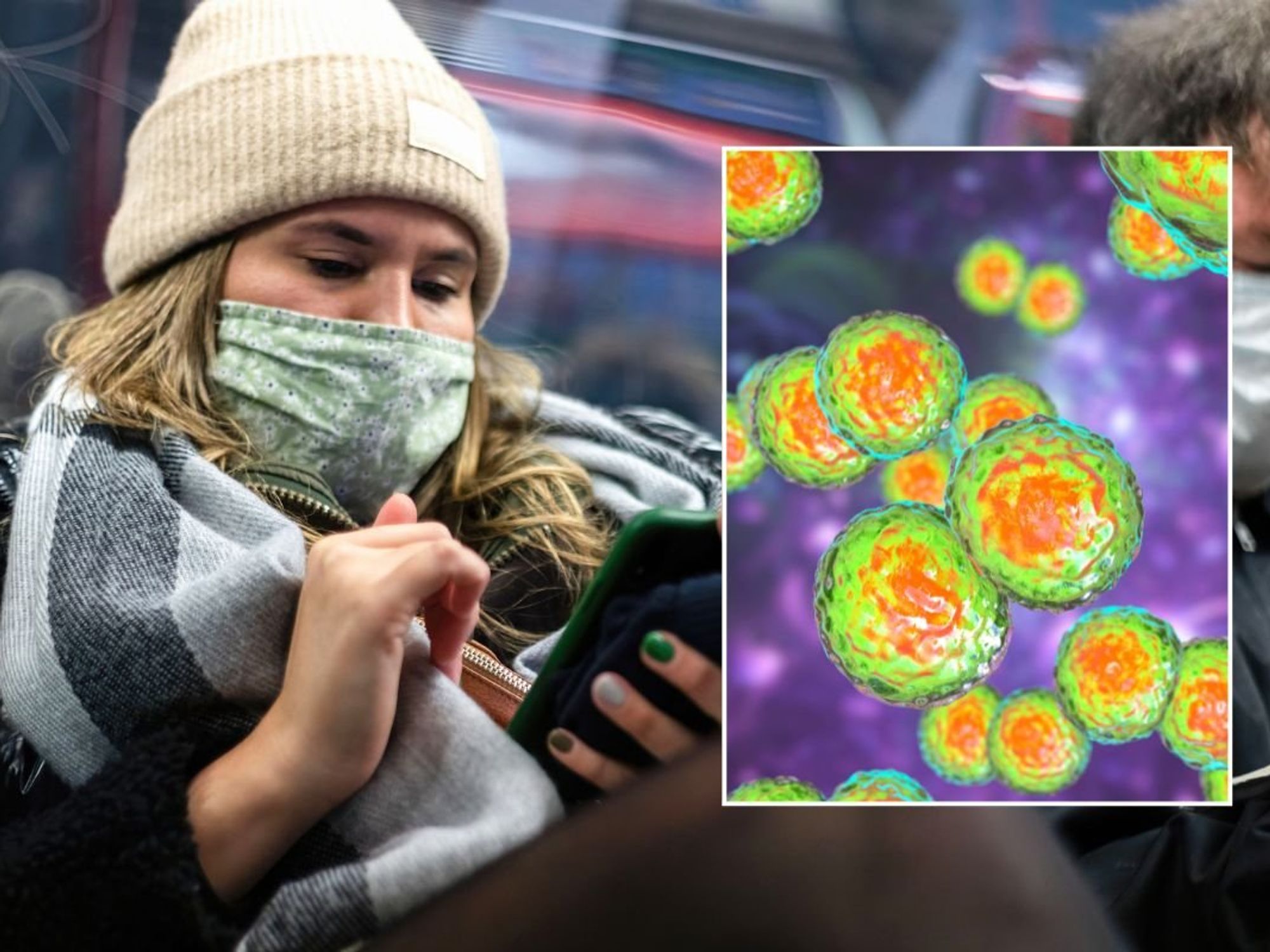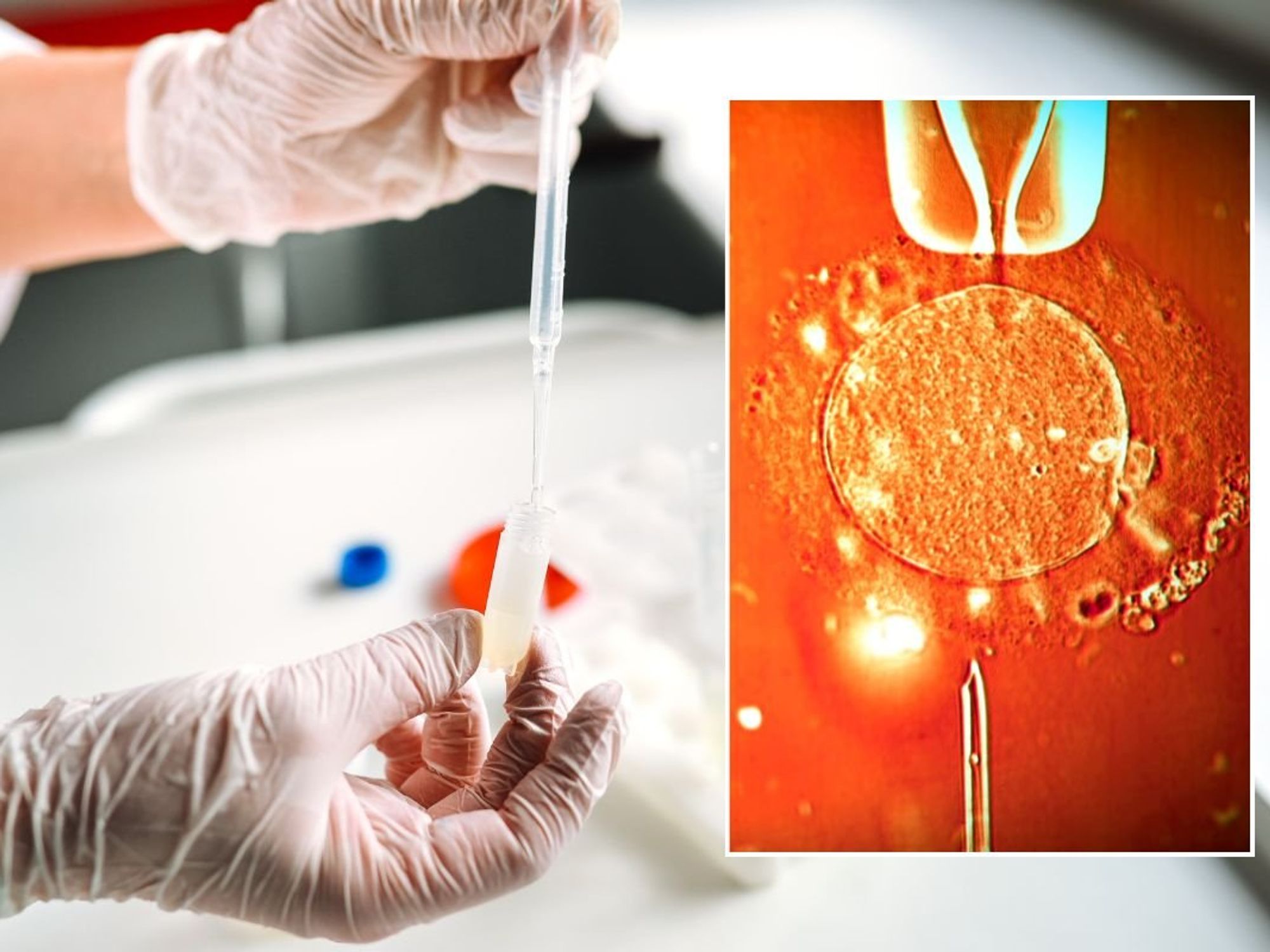Early warning sign of one of world's deadliest cancers uncovered as scientists expand investigation
The researchers are now investigating whether the findings may apply to lung, breast and skin cancers
Don't Miss
Most Read
Scientists have uncovered a crucial connection between cellular stress, inflammation and the development of the deadliest forms of cancer known as pancreatic ductal adenocarcinoma (PDAC).
The pancreatic cancer, by far the most common form of the disease, makes up around 90 per cent of pancreatic malignancies.
Now, new findings suggest that precancerous cells must adapt to inflammatory conditions and stress to transform into malignant tumours, which could enable detection of PDAC before it reaches life-threatening stages.
The team at the University of California, San Diego School of Medicine identified how a protein known as STAT3 (signal transducer and activator of transcription 3) becomes activated in pancreatic cells during inflammation and stress.

The research could identify higher risk patients
|GETTY
The activation, in turn, promotes tumour formation, stress adaptation and treatment resistance through previously unknown mechanisms.
The research team found that STAT3 activates particular genes essential for cells to adapt to stressful and inflammatory environments.
When exposed to inflammatory proteins and low oxygen conditions, STAT3 switched on a gene called Integrin β3 (ITGB3) in both mouse and human pancreatic cells.
This ITGB3 expression triggered the onset of PDAC tumours and hastened their development.
LATEST DEVELOPMENTS
The researchers also observed that chemotherapy can cause inflammation and stress in cells, turning on the protein STAT3. This, in turn, increases the levels of another molecule called ITGB3 in pancreatic cancer cells.
When scientists blocked the STAT3 pathway controlling ITGB3, they were able to delay the growth of tumours, highlighting a potential target for treatment.
They also discovered that STAT3 turns on ten specific genes, including ITGB3, forming a genetic pattern they named "STRESS".
The STRESS pattern was better at predicting if cells would turn into pancreatic cancer and how aggressive the cancer would be.

The research holds hope out for assisting early screening programmes
|GETTY
The findings hold promise for precision medicine applications, particularly in developing early screening methods to identify precancerous cells.
According to distinguished professor and vice chair for research and development in the Department of Pathology at UC San Diego School of Medicine, David Cheresh, the research could help determine which patients face a higher risk of aggressive cancers and predict treatment responses as the disease advances.
The team has now started to investigate molecules that prevent inflammation from activating ITGB3 in pancreatic cancer.
What's more, they are also extending this research to other cancers affecting tissue surfaces, including lung, breast and skin cancers, aiming to halt tumour progression, metastasis and drug resistance.











